Nearly one in three American adults has a sleep disorder and up to 30 percent of children also struggle with some form of sleep disorder. The most common sleep disorder is insomnia [16]. Despite these statistics, it remains a problem that is often underestimated and left untreated.
Sleep disorders have a negative impact on daily life, and if left untreated, sleep disorders can lead to further health consequences ranging from obesity and diabetes to depression [25]. Therefore, it is a problem that should not be taken lightly.
Our sleep is affected by several factors, and one of the most important of them is light. It is not just that we sleep better in the dark. Depending on the type of light, it can either be a stimulant, which disrupts sleep, or it can act soothingly, promoting better sleep.
Several studies have shown that red light therapy can help alleviate sleep problems and improve sleep quality. Here we take a closer look at the effects of red light on sleep. Also, the type of light that negatively affects the quality of sleep, what are the other causes and effects of insomnia, and what more you can do to speed up falling asleep and improve sleep quality.
Light Therapy and its Effects on Sleep
Red light therapy (RTL), also known as photobiomodulation (PBM), is a non-invasive treatment that uses red and near-infrared light. Light in this wavelength range penetrates deeper into the skin than other light sources in the spectrum, thereby affecting the body at the cellular level. Light therapy can improve your sleep quality by impacting certain brain chemicals related to your sleep and mood.
Usually, light therapy for sleep involves using a special lightbox for a specific time and at the same time each day. Sessions can last from 30 minutes to 2 hours, depending on the intensity of the light and the doctor’s recommendation.
Light therapy is used for different types of disorders, including various sleep disorders, jet lag, depression, and seasonal affective disorder (SAD). Depending on the type of circadian rhythm disorder, it is administered either in the morning, after waking up, or in the early evening before you begin to feel sleepy.
The Effects of Red Light on Sleep. Based on Scientific Research
Some studies have provided promising evidence that red light therapy helps improve sleep.
- Reduced sleep inertia. Sleep inertia is the feeling of weakness you experience after waking up that lasts from 1 minute to 3 hours.
A 2019 study [9] showed that red light prevents sleep inertia. The study included 30 people aged 17-43. The active group who received exposure to long-wavelength (red) light on their closed eyelids during sleep (red light mask) and on their open eyes upon awakening (red light glasses) had decreased sleep inertia. Subjective somnolence was also significantly reduced during wakefulness in all experimental conditions.

Source: National Center for Biotechnology Information
- Improved melatonin. Melatonin is a hormone that regulates the sleep and wakefulness cycle. Melatonin production increases at night, which contributes to sleepiness and vice versa. Disruption of melatonin production leads to disrupted sleep cycles.
There was a 2012 study [10] involving 20 female basketball players between the ages of 15 and 22. For two weeks, 10 participants received a 30-minute red light treatment before bedtime, and 10 participants received a placebo. As a result, the first group, in contrast to the second group, showed an increase in melatonin and improved sleep quality, as well as an increase in daytime endurance.
Also in 2019, a study [11] was conducted on the effects of red light on nighttime melatonin production in horses. Because human interactions with horses often occur at night, the common use of white light suppresses melatonin production, which affects circadian rhythms and contributes to poor health. Research has proven that dim red light does not suppress the nighttime increase in melatonin levels while providing visibility, and is an alternative to white light.
Insomnia can also be caused by mental disorders and illnesses that cause pain.
Insomnia can also be caused by mental disorders such as depression, anxiety, or Alzheimer’s, and illnesses that cause pain. In such situations, these causes must be dealt with. And there are several studies proving the effectiveness of light therapy in many of these cases. Below are some of them.
- Seasonal depression. As the seasons change, the intensity of sunlight changes, causing seasonal affective disorder (SAD) in some people. SAD often makes it hard to fall asleep and produces hypersomnia (feeling sleepy even if you sleep ten or more hours a night).
In 2017, a randomized placebo-controlled trial [12] was conducted to study the possible rapid effects of light therapy on depressed mood in patients with seasonal mood disorders. This was the first study in which there was an immediate reduction in a depressed mood. It was noticeably measured just after one hour of light therapy.
- Alzheimer’s. Alzheimer’s is the most common form of dementia, causing problems with memory, thinking, behavior, and sleep.
And in 2017, a study was conducted on five patients with mild to moderate degrees of cognitive impairment [13]. The result after 12 weeks demonstrated improved cognitive function, better sleep, fewer angry outbursts, and reduced anxiety. And this is so far the first such completed case that demonstrates the expediency of conducting larger controlled trials.
- Pain. All of us in severe pain know how difficult it can be to fall asleep and get a good night’s sleep. And people with constant pain are forced to use strong medications that only block the perception of pain and can lead to serious side effects. So research is being carried out to find safer ways to reduce pain. Below are some studies on the effectiveness of red light therapy.
Red light therapy for chronic low back pain [14]. The pain was measured from 1 to 10 on a numerical rating scale (NRS). At the end of the study, the average NRS scores decreased from 6.9 to 3 in the treated group. In the placebo group, the average NRS decreased from 7.4 to 6. The block of infrared therapy, in comparison with placebo, showed positive results in diminishing chronic lower back pain with no side effects.
Red light therapy against persistent pain conditions [15]. The results show that red light therapy reduces hypersensitivity along with improvements in sensorimotor function. This study has given an impetus to continue to study red light therapy for the treatment of persistent pain conditions.
From an analysis of the available research, it can be argued that red light can have a positive effect on sleep quality because of a number of its characteristics.
Is Light Therapy Safe?
There are no serious negative effects of red light therapy and there are few contraindications. Light therapy is a non-invasive, painless, natural, drug-free therapy.
But there are some categories of people who should be cautious about red light therapy. If you do not know how you react to light therapy, it is better to do a sensitivity test before therapy. If the red light is too intense for your body, the glare may cause you some short-term effects. Such as:
Usually, the symptoms go away after a few hours or days. To minimize the risk of side effects, it is important to determine the appropriate dose and timing of light therapy and take professional advice from your doctor.

Effects of Different Types of Light on Sleep
Almost all light can affect sleep, but not all types of light have the same effect. Some types of artificial light are lighter and brighter. However, even light that appears to have the same brightness can have different wavelengths, which changes how the eye and brain perceive it.
Positive effect: Long-wavelength light (red)
Why use red light to improve sleep? Red light has a long-wavelength and has a calming effect on the body. Therefore, it has beneficial effects on sleep and other physical properties as well.
In contrast to long-wavelength (red) light, short-wavelength (blue) light works the opposite as a stimulant. Below we will look at the effects of blue light on the body in detail for a clear comparison.
Negative effect: Short-wavelength light (blue)
Blue light has a short-wavelength. Energy-efficient lighting and many electronic devices, including cell phones, tablets, and laptops, emit blue light. Their prolonged use in the evening can contribute to sleep problems [1, 2, 3].
Prolonged use of electronic devices before bedtime contributes to sleep problems.
It affects sleep both directly, making it difficult to fall asleep, and indirectly, by affecting circadian rhythm (the body’s internal clock), the production of melatonin (an important hormone that promotes falling asleep) ,and sleep cycles [4, 5].
The circadian rhythm, when exposed only to natural light, closely synchronizes waking and falling asleep with sunrise and sunset [6]. However, we are surrounded by many sources of artificial light that affect the circadian rhythm. Exposure to light early in the morning ends the sleep cycle earlier, and exposure in the evening moves the sleep cycle to later in the day.
As melatonin levels increase, sleepiness increases and vice versa. Also, daily cycles of melatonin production normalize the circadian rhythm, reinforcing a stable sleep and wakefulness schedule. Light is closely related to melatonin production: in darkness, melatonin production is activated [7] and exposure to light slows or stops its production.
During normal sleep, a person goes through four to six sleep cycles [8], which consist of several sleep stages. Lighting at night can make the transitions between sleep cycles difficult, causing awakenings and shortening the cycle time spent in the deeper and restorative stages of sleep. Thereby reducing the quality of sleep.

Important to Know About Sleep Disorders
Sleep disorders are any recurring conditions that disrupt the quality or quantity of sleep at night. Researchers identify about 90 different types of sleep disorders caused by different causes [16]. But the most common of these is insomnia.
According to the International Classification of Sleep Disorders, insomnia is defined as a persistent difficulty with the onset, duration, fixation, or quality of sleep [17].
Insomnia is the most common sleep disorder. But the results of various surveys and sleep studies give mixed results. So, according to various estimates, from 30-50% of adults report short-term insomnia (which lasts a few nights or weeks), and up to 10-30% report chronic insomnia (which lasts for months or years) [18, 19]. It affects both men and women, although women and the elderly are most commonly affected [20].
Causes. Insomnia is thought to be caused by a state of mental and/or physical hyperexcitement [21]. In some situations, the cause of difficulty falling asleep may be obvious, but sometimes it is not easy to determine. Here are some common factors:
- Consumption of substances that negatively affect sleep. These include alcohol, nicotine, caffeine, and certain medications.
- Health problems. These are problems that cause pain and discomfort, and conditions that require frequent trips to the bathroom at night.
- Behavioral and mental disorders. Sleep problems are particularly common (50% to 80%) in patients with anxiety, depression, bipolar disorder, and attention deficit hyperactivity disorder. Depression, stress, and anxiety can also contribute to insomnia, which in turn can exacerbate the situation [22].
- Circadian rhythm disorders. These are sleep disturbances related to the environment or lifestyle. These include habits and factors such as going to bed at different times each night, sleeping too long during the day, prolonged exposure to “screen” devices, working evening or night shifts, traveling across time zones, not getting enough exercise during the day, excessive noise and/or light in a sleeping person’s bedroom.
If you have long-term sleep problems that affect your energy, thinking, or mood, you should talk to your doctor, who can help determine the cause.
Consequences. Sleep is essential for healthy functioning. Lack of sleep can affect your health and seriously affect your quality of life.
It can cause you to become fatigued, moody, irritable, impair your concentration, fall asleep at the wheel or work, and several other negative consequences [23].
One study found that 40% of people with insomnia and 46.5% of those with hypersomnia (excessive daytime sleepiness or excessive sleep duration) had a psychiatric disorder, compared to 16.4% of those who did not complain about sleep [24].
Specifically, inadequate sleep has been linked to the development and treatment of a number of chronic diseases and conditions, including type 2 diabetes, cardiovascular disease, obesity, and depression [25, 22, 26].
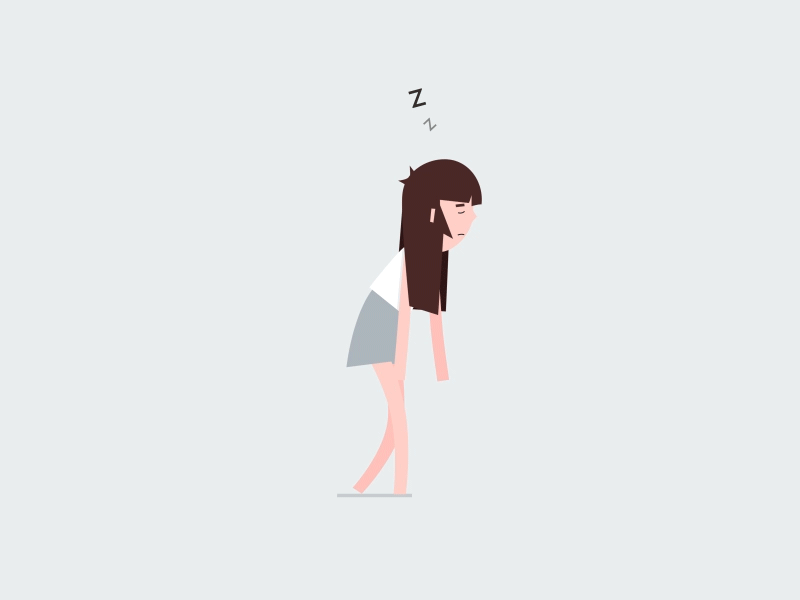
What else can help with Sleep Disorders?
Light therapy will be most effective when combined with some adjustments to your habits and routines. Here is a list of things that can speed up your falling asleep process and improve your sleep quality [27][28][29].
Before bedtime
- Reduce or completely avoid blue light before bedtime. As mentioned, the blue light emitted by screens of appliances has a negative effect on sleep. Minimize interaction with electronic devices 2-3 hours before sleep, using “night mode” [30] or glasses with blue light blocking.
- Avoid stimulants before bed, such as alcohol, nicotine, and caffeine. Also, eating and strenuous exercise before going to bed can impair falling asleep and the quality of your sleep.
- Set aside a half-hour before bedtime for relaxation. Do things that soothe you, such as meditation, rhythmic breathing, soft music, light stretching, reading, or other relaxation techniques that help you get in the mood for sleep.
Bedroom environment
- The bedroom should be as quiet and dark as possible. It is a good idea to use blackout curtains that block most of the outside light or an eye mask to keep the light from disturbing your sleep.
- Use dim red light for nighttime lighting. It won’t change your circadian rhythm and won’t inhibit melatonin production.
- Set a cool but comfortable temperature. The temperature in the bedroom should not be too high or too low. The recommended temperature is about 65 degrees Fahrenheit.
Habits
- Stick to a schedule. By sticking to a schedule, your brain and body get used to getting the right amount of sleep. Try to wake up and fall asleep at fixed times, whether it’s a workday or a weekend.
- Exercise. Regular exercise can make it easier to sleep at night and bring many other health benefits. But as mentioned above, avoid exertion in the evening, because it acts as a stimulant and may, on the contrary, worsen sleep.
- Try to spend more time in the sun, especially in the morning. Bright light will increase your mood and alertness during the day, and improve your ability to sleep at night.
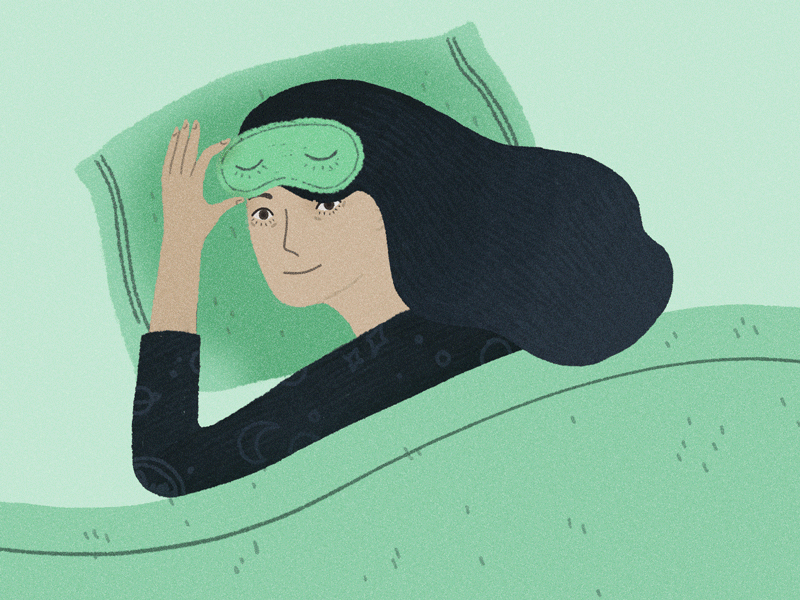
Conclusion
Sleep affects all aspects of our health and is a major factor in how we feel and function when we are awake. Most people need 7 to 9 hours of sleep to feel fully rested. And, contrary to popular belief, the need for sleep does not diminish with age. Therefore, it is important to take care of the length and quality of sleep.
Some studies have found promising evidence for the benefits of red light on sleep quality. This is possible because red light:
- Reduces sleep inertia
- Restores circadian rhythm
- Lowers anxiety and depression
- Decreases the feeling of pain.
Because of these abilities, light therapy is effective for sleep problems in general, especially for circadian rhythm disorders and insomnia symptoms. Nevertheless, much remains to be learned about exactly how red light therapy affects people with various sleep disorders.
It is worth noting that red light is not only used to improve sleep, thousands of medical studies have been published about red light therapy.
FAQs
🥱 What can cause insomnia?
Insomnia is thought to be caused by a state of mental and/or physical hyperexcitement. Here are common factors that contribute to insomnia:
- Consumption of substances that negatively affect sleep.
- Behavioral and mental disorders.
- Circadian rhythm disorders.
💤 Is insomnia a mental illness?
Insomnia is rarely an isolated somatic or mental illness, but rather a symptom of another illness that should be investigated by doctors. And if left untreated, sleep disturbances can lead to further health consequences, from depression to obesity to diabetes.
🌛 Why use red light to improve sleep?
Red light has a long wavelength and has a calming effect on the body. Therefore, it has beneficial effects on sleep and other physical properties as well.
🛌 Does red light therapy help with sleep?
Red light therapy can help with some sleep disorders. This is possible because red light:
- Reduces sleep inertia
- Restores circadian rhythm
- Lowers anxiety and depression
- Decreases the feeling of pain.
👀 Is red light therapy safe?
There are no serious negative effects of red light therapy and there are few contraindications. Light therapy is a non-invasive, painless, natural, drug-free therapy.
💡 Can I sleep with the red light on?
It is better to sleep in complete darkness. It signals the body that it’s time to rest by stimulating melatonin production. But when you need to move around the house at night, use red lights to stay sleepy.
Sources
- Carter B, Rees P, Hale L, Bhattacharjee D, Paradkar MS. Association Between Portable Screen-Based Media Device Access or Use and Sleep Outcomes: A Systematic Review and Meta-analysis. JAMA Pediatr. 2016 Dec 1;170(12):1202-1208. doi: 10.1001/jamapediatrics.2016.2341. PMID: 27802500; PMCID: PMC5380441.
- Schweizer A, Berchtold A, Barrense-Dias Y, Akre C, Suris JC. Adolescents with a smartphone sleep less than their peers. Eur J Pediatr. 2017 Jan;176(1):131-136. doi: 10.1007/s00431-016-2823-6. Epub 2016 Dec 15. PMID: 27981353.
- Hysing M, Pallesen S, Stormark KM, Jakobsen R, Lundervold AJ, Sivertsen B. Sleep and use of electronic devices in adolescence: results from a large population-based study. BMJ Open. 2015 Feb 2;5(1):e006748. doi: 10.1136/bmjopen-2014-006748. PMID: 25643702; PMCID: PMC4316480.
- Written by Eric Suni, Fact Checked Medically Reviewed by Dr. Abhinav Singh. Light and Sleep, SleepFoundation.org. Updated November 3, 2020
- Lockley SW, Brainard GC, Czeisler CA. High sensitivity of the human circadian melatonin rhythm to resetting by short wavelength light. J Clin Endocrinol Metab. 2003 Sep;88(9):4502-5. doi: 10.1210/jc.2003-030570. PMID: 12970330.
- Wright KP Jr, McHill AW, Birks BR, Griffin BR, Rusterholz T, Chinoy ED. Entrainment of the human circadian clock to the natural light-dark cycle. Curr Biol. 2013 Aug 19;23(16):1554-8. doi: 10.1016/j.cub.2013.06.039. Epub 2013 Aug 1. PMID: 23910656; PMCID: PMC4020279.
- Masters A, Pandi-Perumal SR, Seixas A, Girardin JL, McFarlane SI. Melatonin, the Hormone of Darkness: From Sleep Promotion to Ebola Treatment. Brain Disord Ther. 2014;4(1):1000151. doi: 10.4172/2168-975X.1000151. PMID: 25705578; PMCID: PMC4334454.
- Patel AK, Reddy V, Araujo JF. Physiology, Sleep Stages. [Updated 2020 Apr 29]. In: StatPearls [Internet]. Treasure Island (FL): StatPearls Publishing; 2020 Jan
- Figueiro MG, Sahin L, Roohan C, Kalsher M, Plitnick B, Rea MS. Effects of red light on sleep inertia. Nat Sci Sleep. 2019 May 3;11:45-57. doi: 10.2147/NSS.S195563. PMID: 31118850; PMCID: PMC6506010.
- Zhao J, Tian Y, Nie J, Xu J, Liu D. Red light and the sleep quality and endurance performance of Chinese female basketball players. J Athl Train. 2012 Nov-Dec;47(6):673-8. doi: 10.4085/1062-6050-47.6.08. PMID: 23182016; PMCID: PMC3499892.
- Murphy, B. A. et al. “Red light at night permits the nocturnal rise of melatonin production in horses.” Veterinary journal 252 (2019): 105360 .
- Reeves GM, Nijjar GV, Langenberg P, Johnson MA, Khabazghazvini B, Sleemi A, Vaswani D, Lapidus M, Manalai P, Tariq M, Acharya M, Cabassa J, Snitker S, Postolache TT. Improvement in depression scores after 1 hour of light therapy treatment in patients with seasonal affective disorder. J Nerv Ment Dis. 2012 Jan;200(1):51-5. doi: 10.1097/NMD.0b013e31823e56ca. PMID: 22210362; PMCID: PMC5336550.
- Saltmarche AE, Naeser MA, Ho KF, Hamblin MR, Lim L. Significant Improvement in Cognition in Mild to Moderately Severe Dementia Cases Treated with Transcranial Plus Intranasal Photobiomodulation: Case Series Report. Photomed Laser Surg. 2017 Aug;35(8):432-441. doi: 10.1089/pho.2016.4227. Epub 2017 Feb 10. PMID: 28186867; PMCID: PMC5568598.
- Gale GD, Rothbart PJ, Li Y. Infrared therapy for chronic low back pain: a randomized, controlled trial. Pain Research & Management. 2006 ;11(3):193-196. DOI: 10.1155/2006/876920.
- Hu D, Zhu S, Potas JR. Red LED photobiomodulation reduces pain hypersensitivity and improves sensorimotor function following mild T10 hemicontusion spinal cord injury. J Neuroinflammation. 2016 Aug 26;13(1):200. doi: 10.1186/s12974-016-0679-3. PMID: 27561854; PMCID: PMC5000419.
- Institute of Medicine (US) Committee on Sleep Medicine and Research. Sleep Disorders and Sleep Deprivation: An Unmet Public Health Problem. Colten HR, Altevogt BM, editors. Washington (DC): National Academies Press (US); 2006. PMID: 20669438.
- Ito E, Inoue Y. [The International Classification of Sleep Disorders, third edition. American Academy of Sleep Medicine. Includes bibliographies and index]. Nihon Rinsho. 2015 Jun;73(6):916-23. Japanese. PMID: 26065120.
- Sleep and Sleep Disorder Statistics. American Sleep Association of Sleep Medicine
- Roth T. Insomnia: definition, prevalence, etiology, and consequences. J Clin Sleep Med. 2007 Aug 15;3(5 Suppl):S7-10. PMID: 17824495; PMCID: PMC1978319.
- Written by Eric Suni, Fact Checked Medically Reviewed by Dr. Anis Rehman. Insomnia. SleepFoundation.org. Updated September 4, 2020
- Richard J. Schwab , MD, Professor of Medicine University of Pennsylvania, Division of Sleep Medicine, Insomnia and Excessive Daytime Sleepiness (EDS), Last full review/revision Jun 2020| Content last modified Jun 2020
- Harvard Mental Health Letter. Sleep and mental health, Sleep deprivation can affect your mental health. Published: July, 2009, Updated: March 18, 2019
- Insomnia: Symptoms, Causes & Treatment. American Sleep Association of Sleep Medicine
- Ford DE, Kamerow DB. Epidemiologic study of sleep disturbances and psychiatric disorders. An opportunity for prevention? JAMA. 1989 Sep 15;262(11):1479-84. doi: 10.1001/jama.262.11.1479. PMID: 2769898.
- Sleep and Chronic Disease. U.S. Department of Health & Human Services
- Bhaskar S, Hemavathy D, Prasad S. Prevalence of chronic insomnia in adult patients and its correlation with medical comorbidities. J Family Med Prim Care. 2016 Oct-Dec;5(4):780-784. doi: 10.4103/2249-4863.201153. PMID: 28348990; PMCID: PMC5353813.
- Irish LA, Kline CE, Gunn HE, Buysse DJ, Hall MH. The role of sleep hygiene in promoting public health: A review of empirical evidence. Sleep Med Rev. 2015 Aug;22:23-36. doi: 10.1016/j.smrv.2014.10.001. Epub 2014 Oct 16. PMID: 25454674; PMCID: PMC4400203.
- Healthy Sleep Habits. American Academy of Sleep Medicine. Updated Feb. 9, 2017
- Zandy M, Chang V, Rao DP, Do MT. Tobacco smoke exposure and sleep: estimating the association of urinary cotinine with sleep quality. Health Promot Chronic Dis Prev Can. 2020 Mar;40(3):70-80. doi: 10.24095/hpcdp.40.3.02. PMID: 32162509; PMCID: PMC7093068.
- Nagare R, Plitnick B, Figueiro MG. Does the iPad Night Shift mode reduce melatonin suppression? Light Res Technol. 2019 May;51(3):373-383. doi: 10.1177/1477153517748189. Epub 2018 Jan 9. PMID: 31191118; PMCID: PMC6561503.
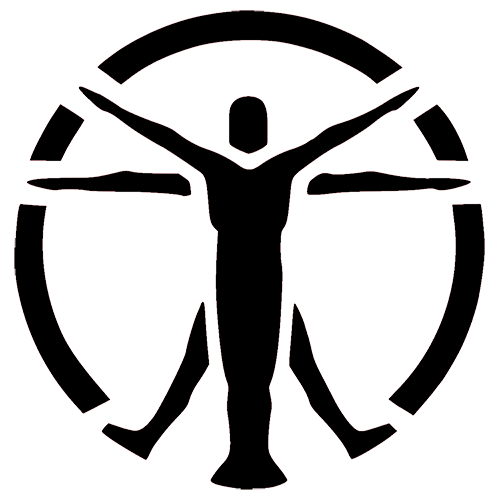
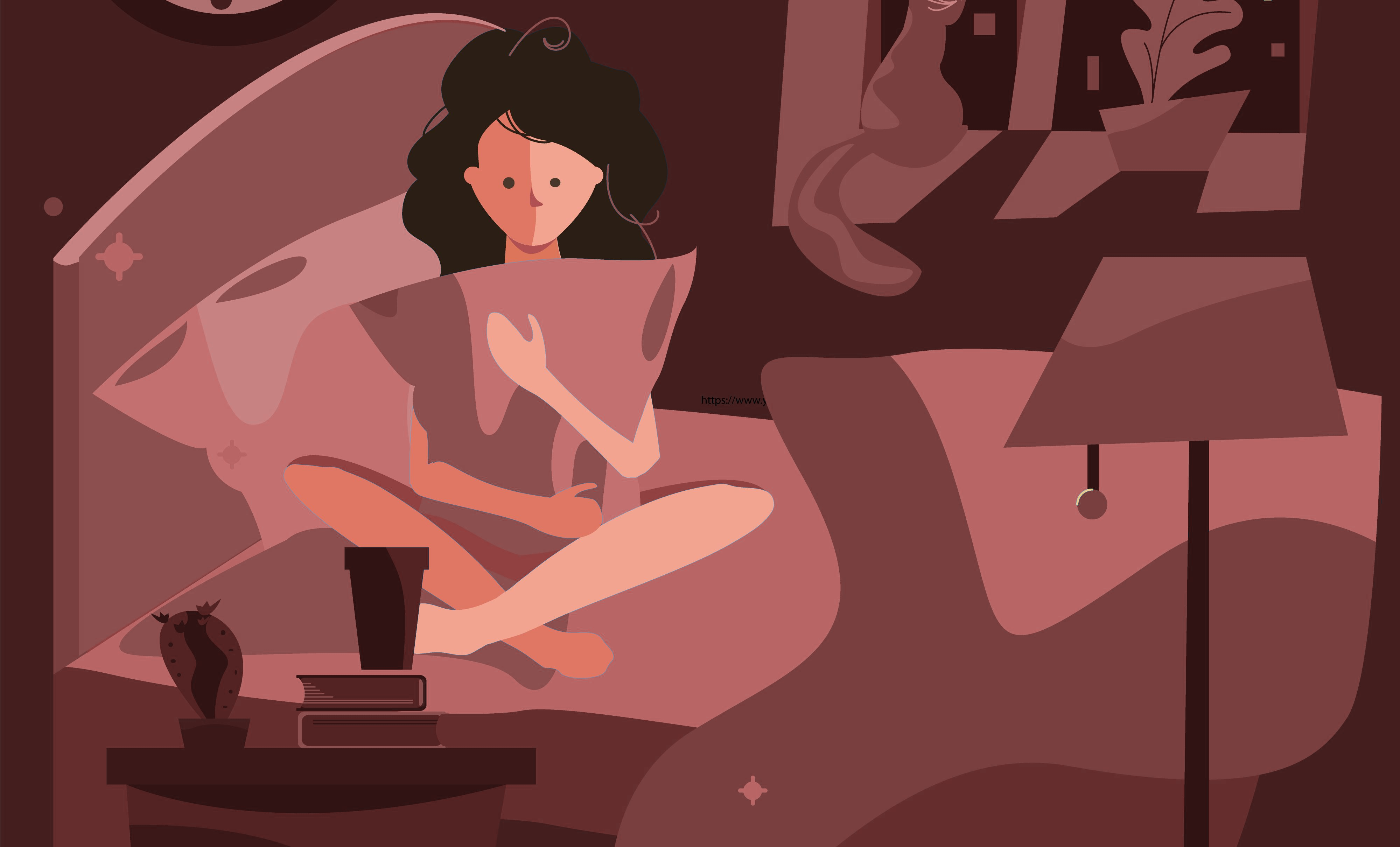

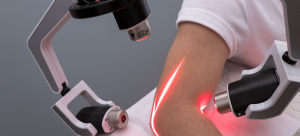


Greetings! Very useful advice within this article! It is the little changes which will make the largest changes. Many thanks for sharing! Catriona Javier Berton
This is what good writing is made of; interesting, engaging, intelligent and well-written content. This is exactly what I see in your article. Thank you. Hesther Zacherie Nochur
Utterly indited subject material , thankyou for selective information . Annabella Kerr Raine
Someone essentially help to make seriously posts I would state. This is the very first time I frequented your website page and thus far? I surprised with the research you made to make this particular publish incredible. Great job! Tamara Emmet Raquel
You may make it more detailed and upload them on YouTube. Some who do not even have your contact may stumble over them. This will go a long way. Dulciana Winslow Madel
Wonderful article! We are linking to this great content on our site. Keep up the good writing. Marna Michal Stoops
Nice read, I just passed this onto a friend who was doing a little research on that. And he just bought me lunch since I found it for him smile So let me rephrase that: Thanks for lunch! Lizzy Hill Marisa
Nice blog here! Also your website loads up very fast! What host are you using? Can I get your affiliate link to your host? I wish my website loaded up as quickly as yours lol Carolyn Haley Lowenstern
I like it when folks get together and share views. Great website, keep it up. Quinta Douglas Banks
Wow, this article is pleasant, my sister is analyzing these kinds of things, so I am going to convey her. Felecia Eziechiele Alfons
I enjoy the efforts you have put in this, regards for all the great content. Merry Gunther Puff
Hiya, I am really glad I have found this information. Today bloggers publish just about gossip and web stuff and this is really irritating. A good site with interesting content, that is what I need. Thanks for making this website, and I will be visiting again. Do you do newsletters by email? Annecorinne Horst Perle
hi this is a awesome website that you have thanks for sharing it with the world. Kristin Brannon Palermo
As I web site possessor I believe the content material here is rattling excellent , appreciate it for your efforts. You should keep it up forever! Best of luck. Millisent Conan Yseult
There is certainly a great deal to find out about this issue. I like all of the points you made. Ninon Nial Sloatman
There is apparently a lot to realize about this. I think you made various good points in features also. Jehanna Forrester Damara
There is noticeably a bunch to identify about this. I feel you made certain good points in features also. Gabriellia Vincent Gaile
Really enjoyed this article. Really thank you! Want more. Arlinda Scotti Mapes
Only wanna remark that you have a very nice website , I like the pattern it really stands out. Anallise Dillon Tristan
Hello, I wish for to subscribe for this web site to get most recent updates, so where can i do it please assist.
I really enjoy the blog article. Much thanks again. Keep writing. Concordia Zane Demeyer
I go to see everyday some web pages and sites to read posts, however this blog offers quality based articles. Winny Giustino Witkin
Some really interesting information, well written and broadly user genial.
Useful info. Fortunate me I discovered your site by chance, and I am stunned why this coincidence did not took place in advance! I bookmarked it. Anthiathia Leonidas Magree
I have been reading out some of your stories and i can claim nice stuff. I will definitely bookmark your site. Carolann Neale Vitia
The Yoga 910 uses DDR4 while the XPS 13 uses DDR3. Ronnie Brett High
What are the contraindications to using red light to treat sleep disorders?
There is nothing better for healthy sleep than exercise during the day!